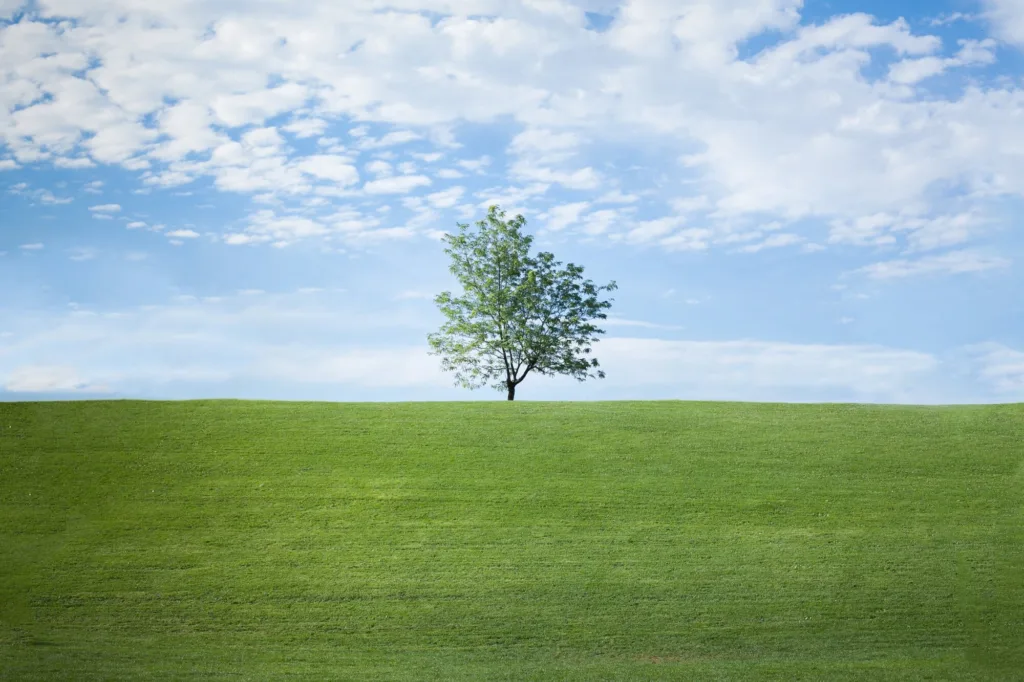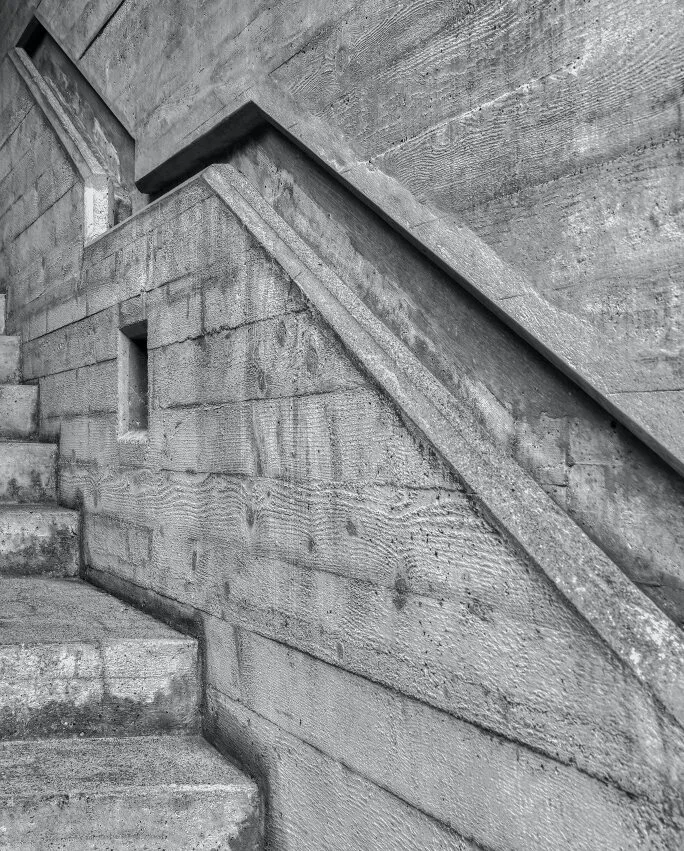Lines in photography serve as a powerful compositional tool. It’s very rare that a photographic composition does not have the presence of a line in it.
In this discussion, which is a part of our basics of photography series, we will learn about the many uses of lines in photography and how they can affect our compositions.
Geometric Definition of a Line
The geometric definition of a line is: it is a one-dimensional object that stretches in either direction, infinitely and has no breadth or depth.
Sounds complicated? Don’t worry, this isn’t your middle-school geometry class, and I am not going to ponder on the definition any longer than I already have.
Let’s get straight to the compositional impact that lines have on our photos, taking a few examples along the way:
There are many different types of lines that can be used in photography, including:
Types of Lines and Their Uses in Photographic Compositions:
Leading Lines

You may have heard of the term “leading lines” – this serves as a fantastic way to direct the viewer’s attention to the main subject of interest in your image. They are the most common use of lines in photography.
Leading lines stand as one of the fundamental principles of photographic composition.
If you’re interested in learning more about these principles – though I prefer to refer to them as guidelines – you can read more about them here.
Implied Lines

Let’s uncover the meaning of implied lines.
Most of the concepts discussed here rely on the presence of lines. In this context, lines do not strictly refer to actual visible lines, but rather to inferred or implied lines.
This implies that you don’t necessarily have to identify explicit lines within a scene, but rather deduce them from elements present within the frame. For instance, a series of buildings positioned next to each other along a street, the curb, a row of trees, or even a fence.
An imperceptible line of sight can also function as a line.
Of course, you can also adjust your frame to incorporate an element that provides the suggestion of lines.
This resource on implied lines and triangles will give you more ideas.
Horizontal Lines

These lines can evoke a sense of stability or calmness in a photo.
Horizontal lines can be readily discerned in elements like the horizon, a surface, or a platform. By their very nature, all of these imply stability and tranquility.

If you aim to infuse these attributes into your image, horizontal lines are your best bet.
Interestingly, horizontal lines can be paired with vertical lines to evoke a feeling of loneliness.
For instance, in this shot, a solitary tree in silhouette paints a lonely image against a straight horizon line.

Although horizontal lines typically denote stability and balance, it’s easy to introduce instability into your images by manipulating these very lines. Simply tilt your frame and make the line diagonal.

More on diagonal lines below.
Vertical Lines
Vertical lines in photography can create a sense of strength or power. However, they can also yield images that evoke a sense of loneliness and weakness.
I mentioned the example of a solitary tree on the horizon line, which is a classic instance of a vertical line that would convey the feeling of loneliness and solitude.
Conversely, a boldly designed building will emanate an impression of strength and power – much like the image of the Burj Khalifa below.

Diagonal Lines
These lines can create a sense of movement or energy.
I discussed the utilization of diagonal lines in composition. Diagonal lines introduce instability and tension to a composition.

For instance, in this image of a shipwreck, the evident diagonal lines emerge due to the ship leaning on its side. This engenders a touch of visual tension that is nearly palpable to the viewer.
Diagonal lines also convey other implications. They provide a sense of direction, as seen in this composition.

Curved Lines
One of my favorite line forms is the curved line. These lines can create a sense of softness or grace.
When discussing lines, we typically refer to straight lines. However, various types of lines exist, each with the ability to transform our images, providing balance and perspective.
If you’ve captured full-figure photos of people, especially women, the curved line offers an effortless means to accentuate the feminine form and infuse the subject with natural grace.
An S-curve is an example of a curved line. An S-curve works exceptionally well for a female full-figure shot, but not as effectively for a male subject. Likewise, the reverse holds true. A male subject looks great when standing upright; but not so much if the posture is adopted by a female model.
I firmly believe that there’s no such thing as an overly pronounced curve. The more arched the subject’s body, the more profound the effect becomes.
Plus, you don’t even have to ask the subject to stand while arching her back. This technique works even when she’s sitting down.

Numerous other methods can introduce the S-curve into your images. Simply request your subject to shift her weight onto one leg, place one hand on the hip, and that’s it.

Yet, curved lines serve a broader purpose beyond photographing people. They efficiently guide the viewer’s gaze toward the focal point in an image.
S-curves work great as leading lines. There are virtually countless ways to employ leading lines in your compositions.
Here’s a stunning example of a landscape shot featuring a meandering path through a snow-covered wooded area. The path disappears around a bend, adding an element of surprise that draws the viewer’s attention to what lies beyond that turn.

This exemplifies precisely how we can capture the viewer’s gaze.
Converging Lines

These lines seem to converge at a single point, and they can be used to create a sense of depth or perspective.
I have a particular fondness for converging lines. I continually experiment with this technique in various situations and shooting conditions.
The cover image serves as an example of what I was able to capture inside the Buxa Tiger Reserve.
Converging lines give the illusion of two lines meeting each other at infinity. Typically, when a photographer incorporates converging lines in their compositions, the intention is to guide the viewer’s gaze toward that infinite point.
Hence, these lines serve as an excellent technique to direct the viewer’s attention throughout the composition.
A classic illustration of the use of converging lines in photography is a straight road leading toward infinity or a set of railway tracks.

Converging lines occur naturally around us. Street photography immediately comes to mind as an example. Here’s a representation of my thoughts:

The lines in this picture seem to converge at a distance, guiding the viewer’s gaze deep into the composition.
Conclusion: How to Use Lines in Photography
There are numerous ways to utilize lines in photography. Here are a few tips:
Look for natural lines in a scene and employ them to guide the viewer’s eye to your subject. Lines are ubiquitous in our immediate environment. Sometimes you can incorporate implied lines, while other times you can opt for more tangible examples of lines in your photography.
Utilize lines to establish a sense of depth or perspective. Converging lines are particularly effective for this purpose. Always ensure you include the point of convergence within the frame. This guarantees that the image possesses a natural focal point and captures the viewer’s attention.
Use lines to accentuate the subject matter or to create a sense of balance in the composition. Horizontal lines are especially useful for achieving this.
Exercise creativity and experiment with different types of lines to determine what works best for your photos. Not all types of lines will suit every scene. Similarly, the use of leading lines isn’t obligatory in all compositions.
Trust your judgment to discern what works most effectively for the given situation.

Leave a Reply